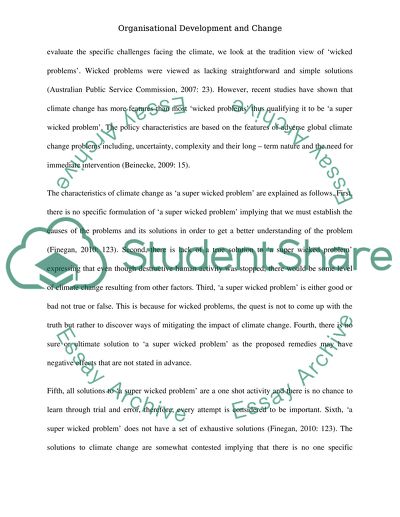Cite this document
(Ensuring Climate Change Policies within the Organisation Research Paper, n.d.)
Ensuring Climate Change Policies within the Organisation Research Paper. Retrieved from https://studentshare.org/environmental-studies/1479495-organizational-development-and-change
Ensuring Climate Change Policies within the Organisation Research Paper. Retrieved from https://studentshare.org/environmental-studies/1479495-organizational-development-and-change
(Ensuring Climate Change Policies Within the Organisation Research Paper)
Ensuring Climate Change Policies Within the Organisation Research Paper. https://studentshare.org/environmental-studies/1479495-organizational-development-and-change.
Ensuring Climate Change Policies Within the Organisation Research Paper. https://studentshare.org/environmental-studies/1479495-organizational-development-and-change.
“Ensuring Climate Change Policies Within the Organisation Research Paper”, n.d. https://studentshare.org/environmental-studies/1479495-organizational-development-and-change.


